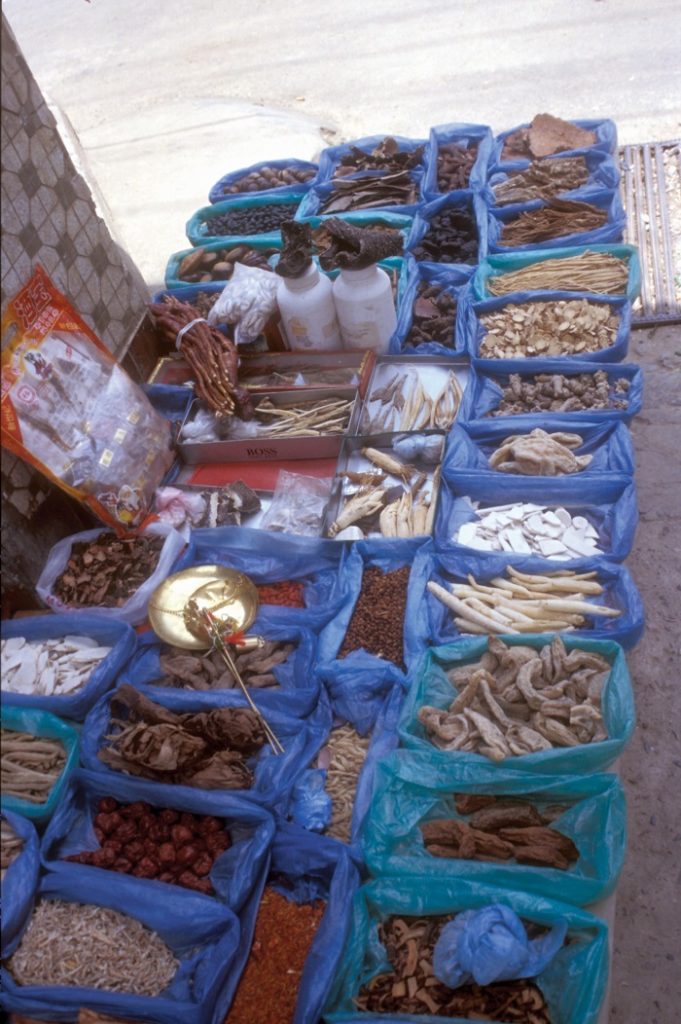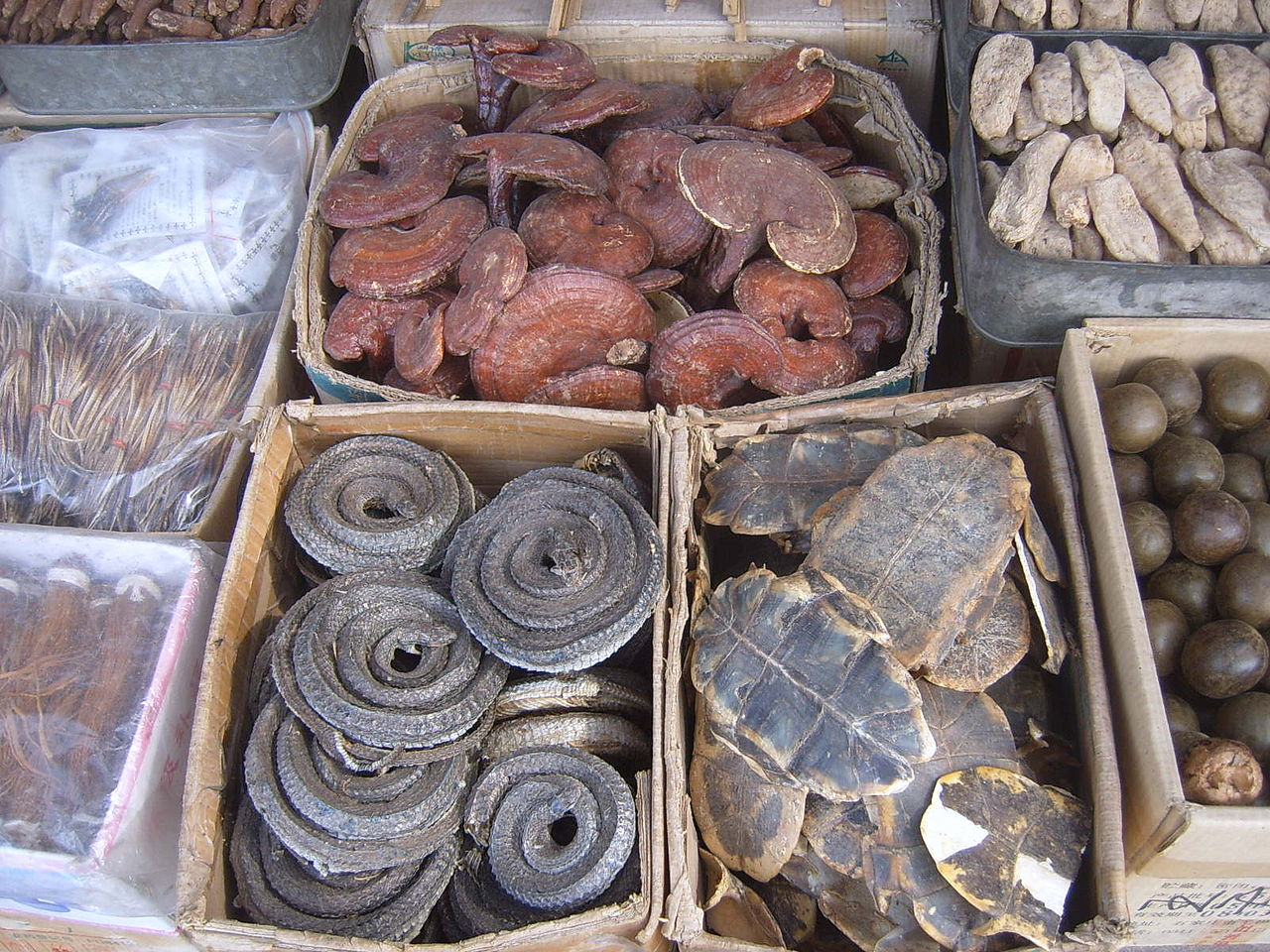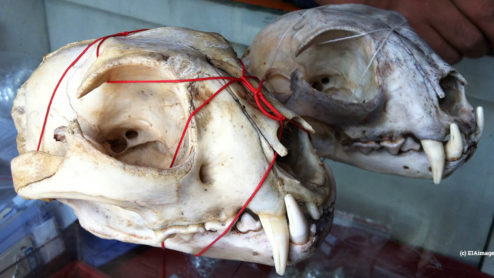The power of persuasion: why it’s important to get the tone right when seeking to bring about change
“What a nasty, tasteless car you’re driving, get a new one!” When was the last time you heard a car salesperson saying this to a potential customer?
Or lines such as “Boycott smokers!”, “Smokers destroy everyone’s health” or “Smokers must be stopped!.” In a smoking cessation campaign? Probably never.
The reason for this is simple – marketing experts and health campaign designers know there are better ways to persuade people.
EIA campaigns against environmental crime and abuse. You could say that, in some respects, we’re essentially salesmen selling a product – only in our case, it’s changing the behaviour of people whose actions harm a species, a habitat or the climate. Poachers, traders, law enforcement officials, policy-makers, consumers and the families and friends of these people are all important ‘clients’ to us.
Psychologists have long studied consumer behaviour and the science of persuasion. To change consumer behaviour, we need to change attitudes, to let people see things differently and recognise for themselves the need for change. One of the most prominent names in this field is Kurt Lewin, whose 1968 publication on attitude change remains widely applied to this day.
Lewin recognised that the very first step in making change is to discover shared interests and build mutual trust with the person you are trying to persuade. One line I have always remembered and practiced since I first started learning about communication skills at medical school is “Try to find where your patient stands, take yourself there, then try to walk to the goal with them.”
Once we have found common ground to connect with our audience, the next step is to make the audience aware of the problem with their current practices and appeal to them based on the benefits of making a change. We need to empower local communities and educate them about the value of biodiversity. We also need to raise public awareness of the serious nature of wildlife crime and the need for multisectoral collaboration.

Presenting the same message in different ways can directly affect its impacts
In this process, it is important to validate the difficulties of making the change and then suggest ways in which the audience can overcome these obstacles.
Poachers are often driven by poverty and the limitation of alternative opportunities; enforcement officers may not be able to enforce the law due to limited resources allocated; and criminals leading illegal wildlife trade networks exploit legal loopholes, corruption, weak enforcement and failures to prosecute wildlife/environmental cases.
Governments need to offer livelihood opportunities to marginalised communities, strengthen their legislation and enforcement and also tackle corruption so wildlife traffickers can be prosecuted successfully. EIA provides support to governments by sharing intelligence with law enforcement, building capacity and facilitating the formation of new partnerships.
For example, let’s look at the case of persuading traditional Chinese medicine (TCM) practitioners and consumers to stop using endangered species.
The first question is, why do people consume TCM products that contain endangered animal products such as pangolin scales or leopard bone? Motivations to do so include obtaining higher social status and the belief that they are achieving better health.
TCM is also a philosophy, its way of approaching illness and lifestyle engrained in the language and cultural practices of China. One belief is that there is no clear distinction between food and medicinal ingredients. A parallel can be drawn also in Western culture, where products such as ginger, honey, saffron, fennel seeds and so on are also used in health remedies.
We need to recognise that consuming TCM products or practicing TCM is not ‘ignorant’ or ‘backwards’, but is a part of the natural inclination to care for ourselves and use knowledge passed on to us by our elders.
Second, consumers need to understand the dire consequence of the use of TCM products made from the harvesting of wildlife, especially from endangered species. Many people do not know which species are endangered and illegal to buy. It is even harder for a layperson to relate to the wider impact on the environment of such illegal trade.
Many NGOs are already investing in educating the public on more sustainable alternatives, the legal consequences of illegal trade and the damage inappropriate consumption can have on the environment in which we live. We need to deliver our messages in a culturally sensitive and empowering way if we want to maintain the receptiveness of our audience.
It is important to remember that only a minority of TCM practitioners and consumers use products that include endangered animals; there are many TCM academics and practitioners in and outside China who actively speak out against such practice and seek to find sustainable alternatives.
It may not be widely known, but Chinese non-governmental organisations (NGOs) and many of Chinese citizens are campaigning for, or in support of, a ban on the medicinal use of endangered species. We must acknowledge their efforts and raise their voices. By amplifying the local activists’ voices, we help to change what is socially acceptable, establishing a new norm.
As a campaigning organisation, our power of persuasion is key to EIA’s success. Our supporters, partners and colleagues all help us build the common ground on which to reach and influence our audiences.
Alone we can only do so much, but together we can bring about positive change on a global scale.







